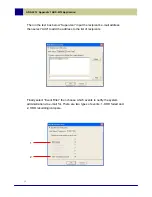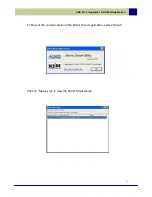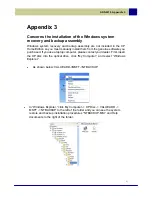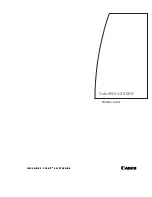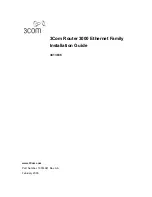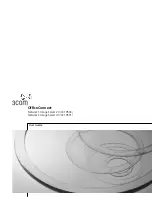
40
ARS-2212 Appendix 2 About RAID
Appendix 2
About RAID
RAID (Redundant Array of Inexpensive Disks” is a system made up of multiple
hard disks. In other words, it’s a hard disk made up of two or more hard disks
running in combination. The advantages of RAID are better access speeds, data
protection and larger capacity on a single drive –e.g. disk C or disk D. Different
RAID levels have different disk combinations and functions.
RAID 1 must be made up of an even number of hard disks. Each hard disk is
matched to another by the RAID controller and data is written simultaneously to
both hard disks. This means that the data on both hard disks are identical. When
the data on one hard disk is damaged, the hard disk can be replaced with a new
one. The RAID controller will then restore the data using the backup on the other
hard disk. For single drives, RAID 1 offers the best fault tolerance.
We recommend using hard disks of the same capacity to run RAID 1 as the
Mirroring capacity is always the capacity of the smallest hard drive. For
example, if a 100GB hard disk and a 120GB hard disk are run together in
RAID 1, the available capacity is 100GB.









